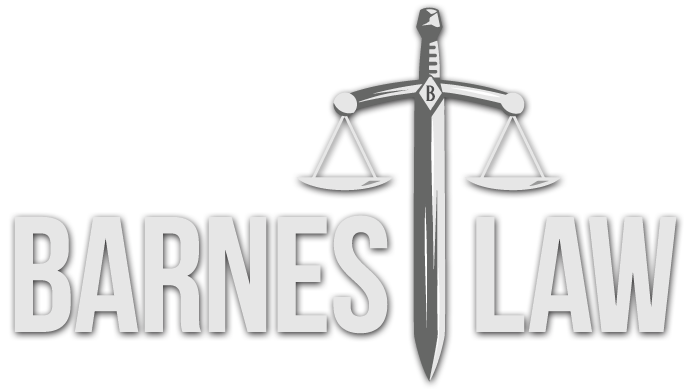Understanding Adverse Possession & Prescriptive Easements
For many Americans the purchase of real estate is the largest single investment they will ever make. This investment is not only calculable by real dollars and cents, but in very real emotional and physical attachment. Gerald O'Hara from Margaret Mitchell's "Gone With the Wind" said it best... [embed]https://youtu.be/YSOYTFw0JaA?t=2m[/embed]
Land is important, but many who make the financial and emotional commitment to own a home, and land, are wildly under informed the law as it relates to land ownership. Being both under informed and heavily invested (financially and emotionally) can be a toxic combination. As both a land surveyor and attorney I have often been asked to weigh in on two of the more confusing aspects of land rights: adverse possession and prescriptive easements.
These topics are tricky to explain to someone who sees ownership of in a traditional way. Generally, we view ownership as when A pays B for his house, and B hands A the keys, then A is now the sole owner.[1] But, adverse possession and prescriptive easements are a special case when C has rights to, if not outright ownership of, parts of the property that A purchased from B. C has, at least under the traditional understanding of ownership, stolen property by use or possession.
Both of these legal theories stem from laws brought from Europe before the founding of the United States. In essence, the statement “Possession is 9/10th’s of the law” describes the favoritism shown by the sovereign to those who use land (as opposed to absentee land owners), and those who defend their own land against all trespassers (if you don’t care for your own land, why should the courts reward you?).
To greatly oversimplify, “adverse possession” is when C’s possession of parts of A/B’s land turns to ownership after statutory requirements are met. Similarly, “prescriptive easements” are permanent rights of use of A/B’s land by C, after statutory requirements are met.
These are best illustrated by way of simple examples.[2]
ADVERSE POSSESSION
A owns 100 acres adjacent to, and to the west of C, who also owns 100 acres. Between A and C is a fence. C moves the fence 100 feet west onto A’s property, and parallel to where the fence used to be. A does nothing. C ends up owning the 100’ strip that used to be A’s property, if C’s possession is:
- Open / Notorious;
C has to treat the property in a way that leaves physical evidence of possession (such as moving the fence in the example above).
- Actual / Constructive;
C has to actually possess the land and also have some ‘color of title’.
- Continuous/Uninterrupted;
C uses the property routinely and unimpeded by A/B.
- Hostile, and;
C is doing this without A/B’s permission.
- For the Statutory Period.
This will vary from jurisdiction to jurisdiction but could effectively ripen in as little as 7 years.[3]
*Note: Some states also require that the adverse possessor have proof of payment of taxes on the parcel they are claiming.
PRESCRIPTIVE EASEMENT
Same situation as above, except imagine that on A’s 100 acres is a pond stocked with fish. C walks across A’s lot to fish on the pond, every day. C does this so much that he wears a path in A’s yard. A does nothing. C will have a right to use that path to reach the pond to fish, if C’s use is:
- Adverse and hostile;
C must act without A/B’s permission.
- Exclusive;
Unlike adverse possession, C doesn’t have to exclude A/B, but C must be able to use the path routinely.
- Uninterrupted, and;
C’s use has not been stopped by A/B.
- For the Statutory Period.
This will vary from jurisdiction to jurisdiction but could effectively ripen in as little as 7 years.[4]
Ultimately these are issues that could affect every land owner. The best rule of thumb is to be vigilant to protect your rights, don’t allow trespassers, and be prepared to procure the services of a licensed real estate attorney in your jurisdiction to help protect these rights in your ownership of one of your most valuable assets.
— Derek A. Jordan, Esq., Barnes Law
Derek A. Jordan is an associate attorney with Barnes Law, licensed to practice law and land surveying in Tennessee.
The opinions expressed are those of the author and do not necessarily reflect the views of the firm, its clients, or any of its or their respective affiliates. This article is for general information purposes and is not intended to be and should not be taken as legal advice.
[1] This ignores all issues arising out of deeds of trusts and/or mortgages.
[2] These are generic examples. Check with an attorney in your jurisdiction.
[3] Check with a licensed attorney in your jurisdiction.
[4] See footnote 3.
